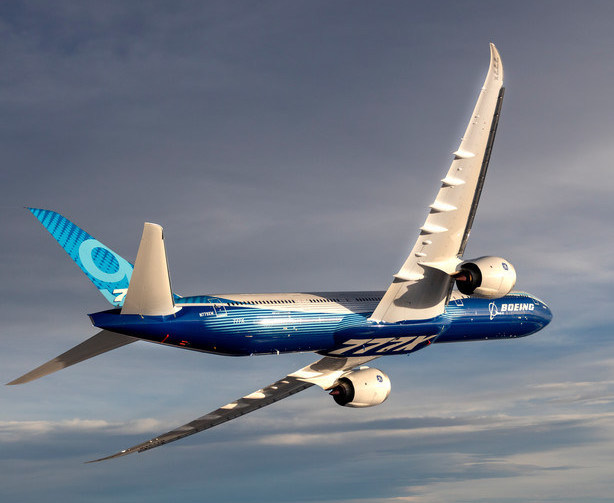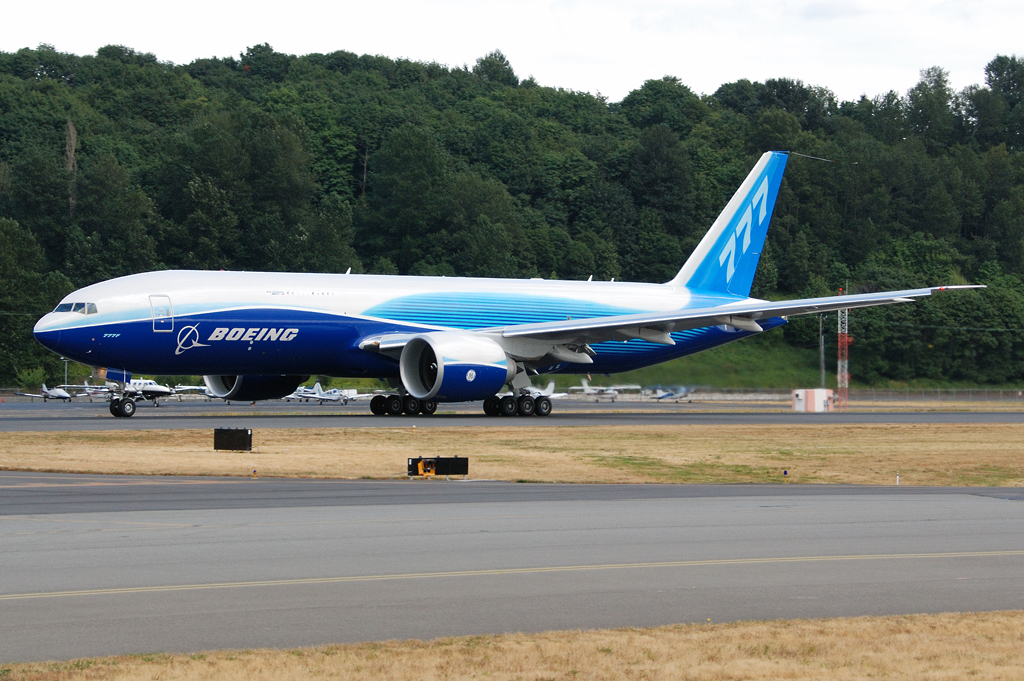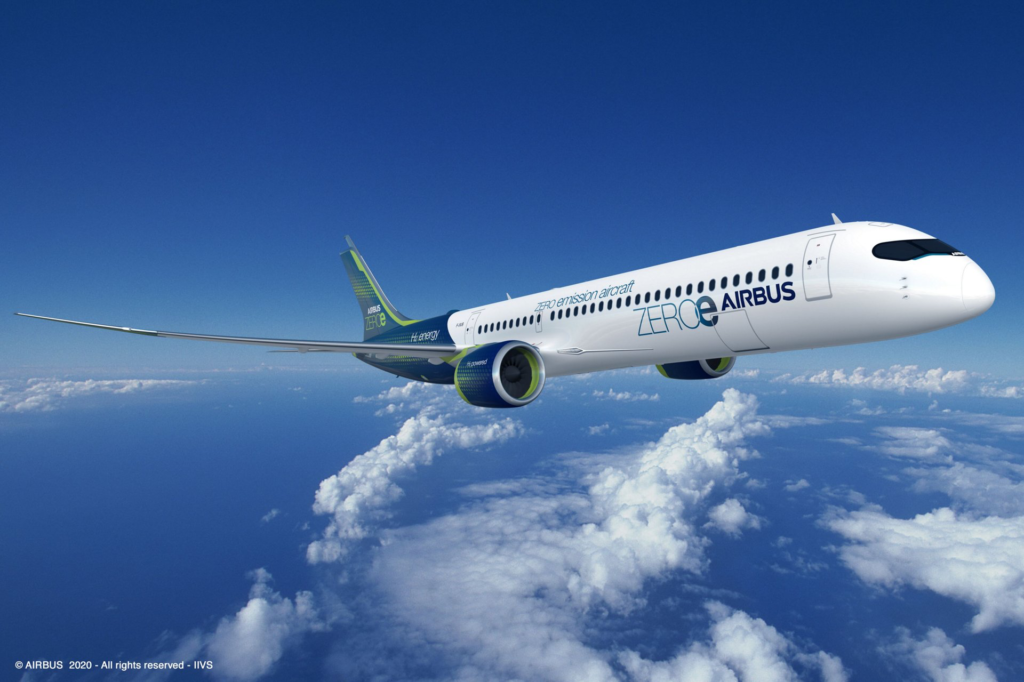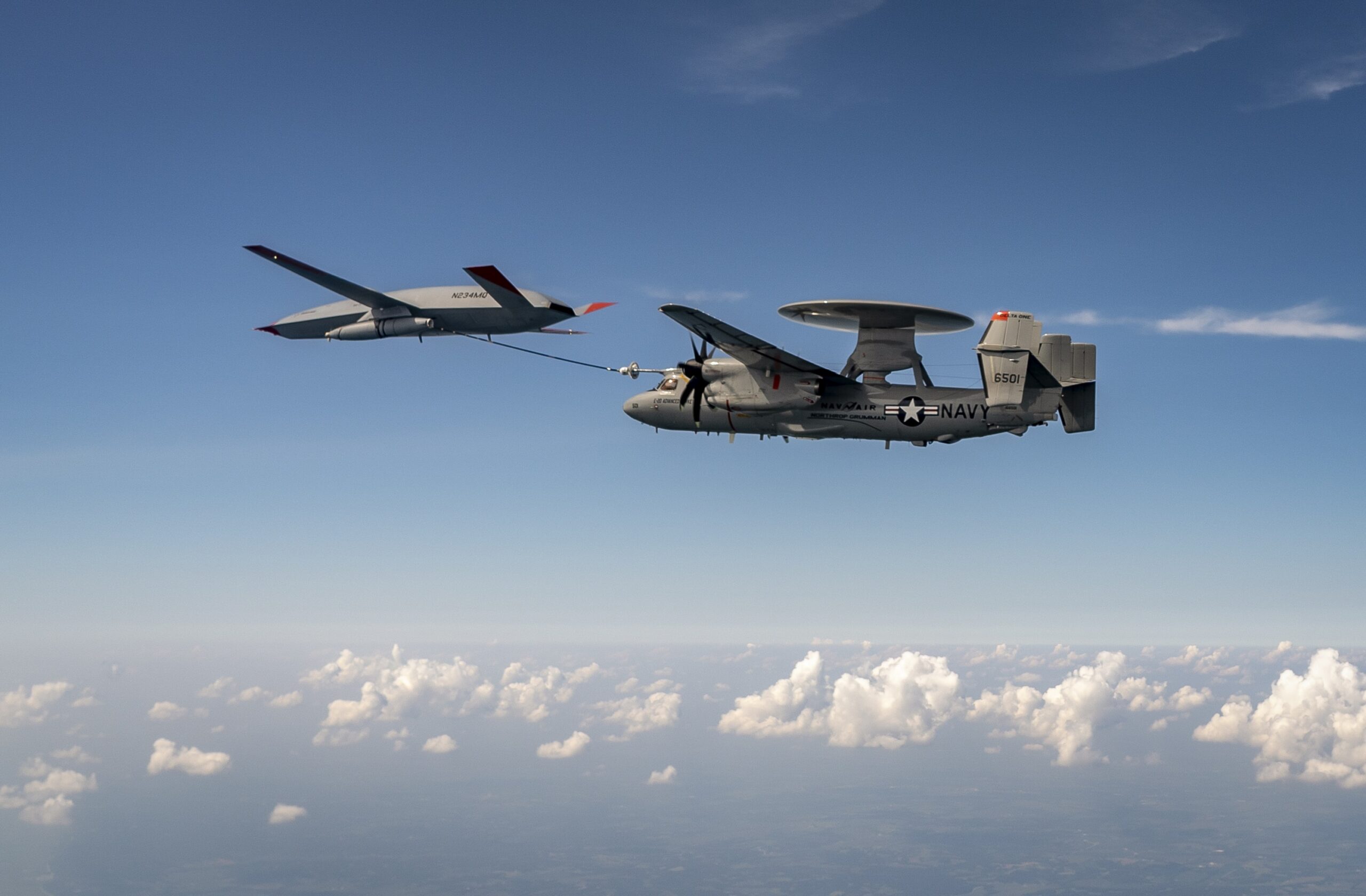First Naval Combat H225M Ever Built Delivered to Brazilian Navy
Airbus Helicopters has delivered the first H225M in naval combat configuration to the Brazilian Navy. Stationed at the naval base in São Pedro d'Aldeia, the aircraft will boost the Brazilian Navy’s mission capabilities including anti-surface…








